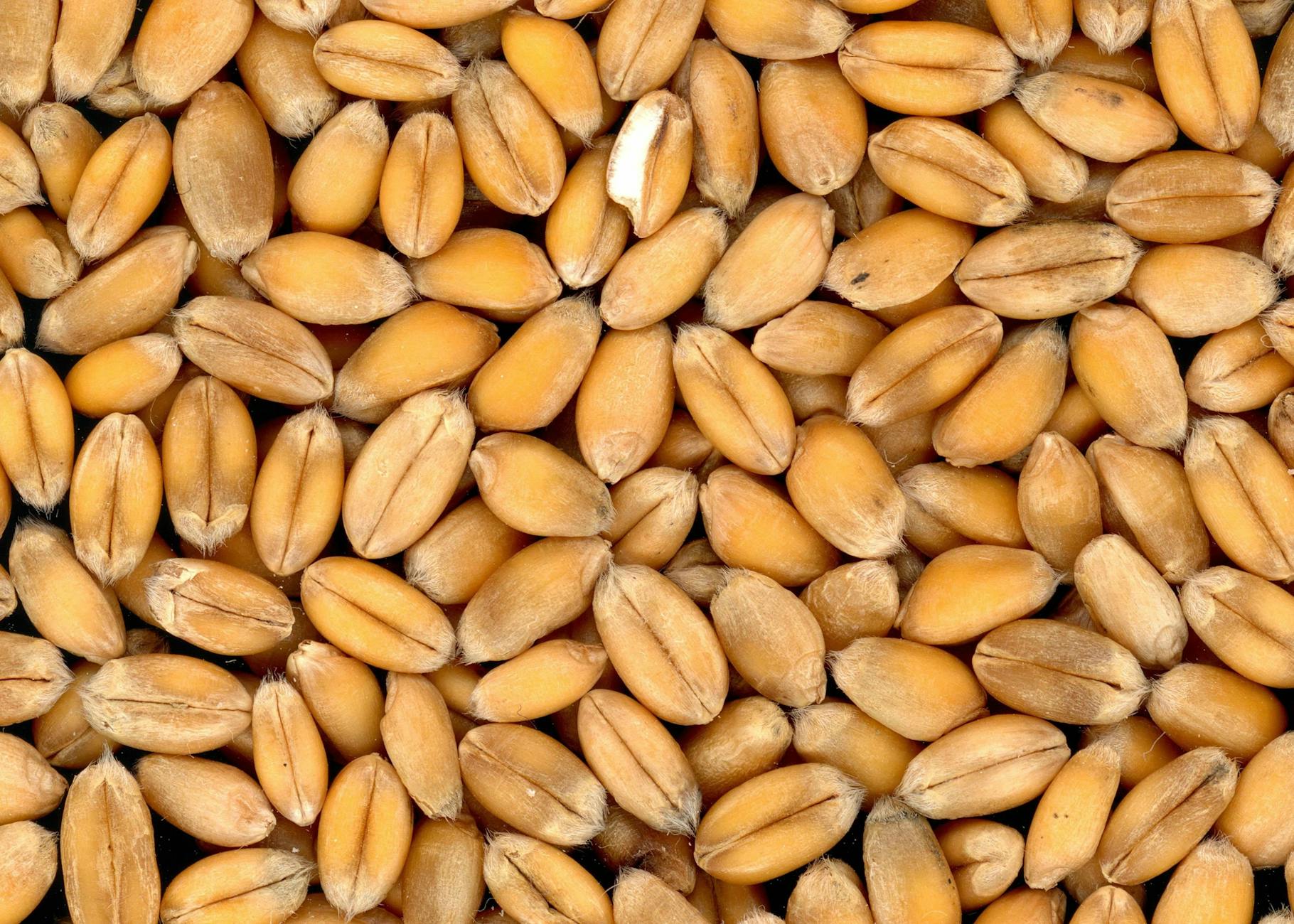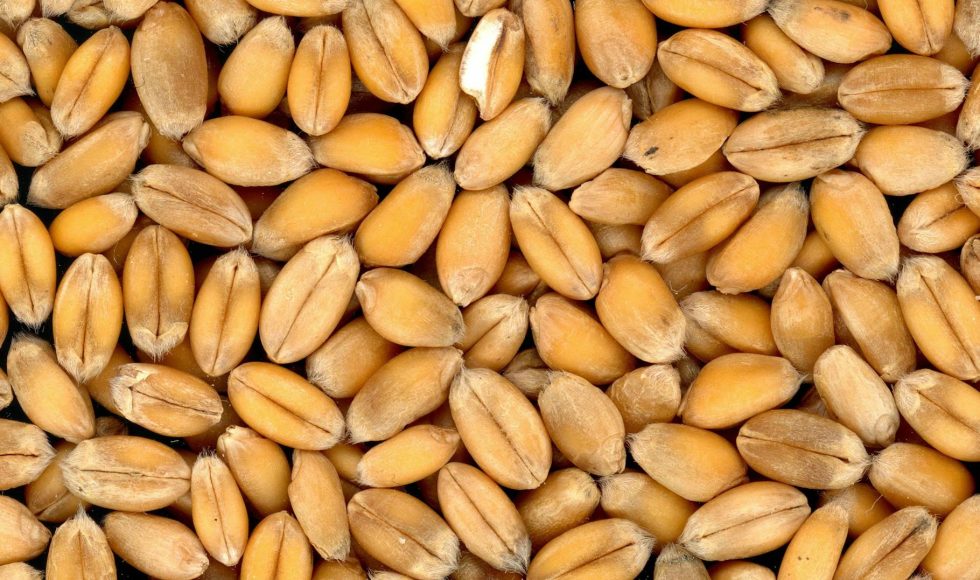We are looking into the possibility of sequencing the genomes of ancient beans and corn. The London Calling 2019 session by Margaret Fleming from Clemson University seemed appropriate for tonight. The title of the session was “Using full-length transcript sequencing to reveal the fate of mRNA in aging seeds.” Seeds are not rocks: they are hard but they actually are biologically alive organisms. The National Laboratory for Genetic Resource Preservation in Fort Collins stores seeds. A dry seed is quiescent, and metabolism stops when water is removed, explained Fleming. Seeds store everything they need for germination, including RNA. Fleming shared that moth mullein seeds were germinated after 120 years, and the Judean date palm germinated after ~2000 years. Free radical oxidation affects seeds. Fleming explained that storage time in years and germination are hard to predict. Fleming and team extracted RNA from five embryonic axes of soybeans harvested in two different years and stored at 4C for many years. Using a TapeStation and RIN, they did find lower values after longer storage. The team sequenced using the cDNA protocol and used a spike-in control. Fleming used stringent filtering criteria. They identified patterns of degradation: some transcripts degraded in the 1994 sample and some in both the 1994 and 2015 samples. They plotted the differences in degradation for the transcripts that met their criteria. Degradation depends on transcript length. When they used qPCR, they learned that reduced sequencing depth was due to fragmentation of transcripts. Slow decay seems to be the fate of RNA in seeds. This session was fascinating. I didn’t know seeds could maintain transcripts for so long. This research also gave me ideas for things to try in the lab.



